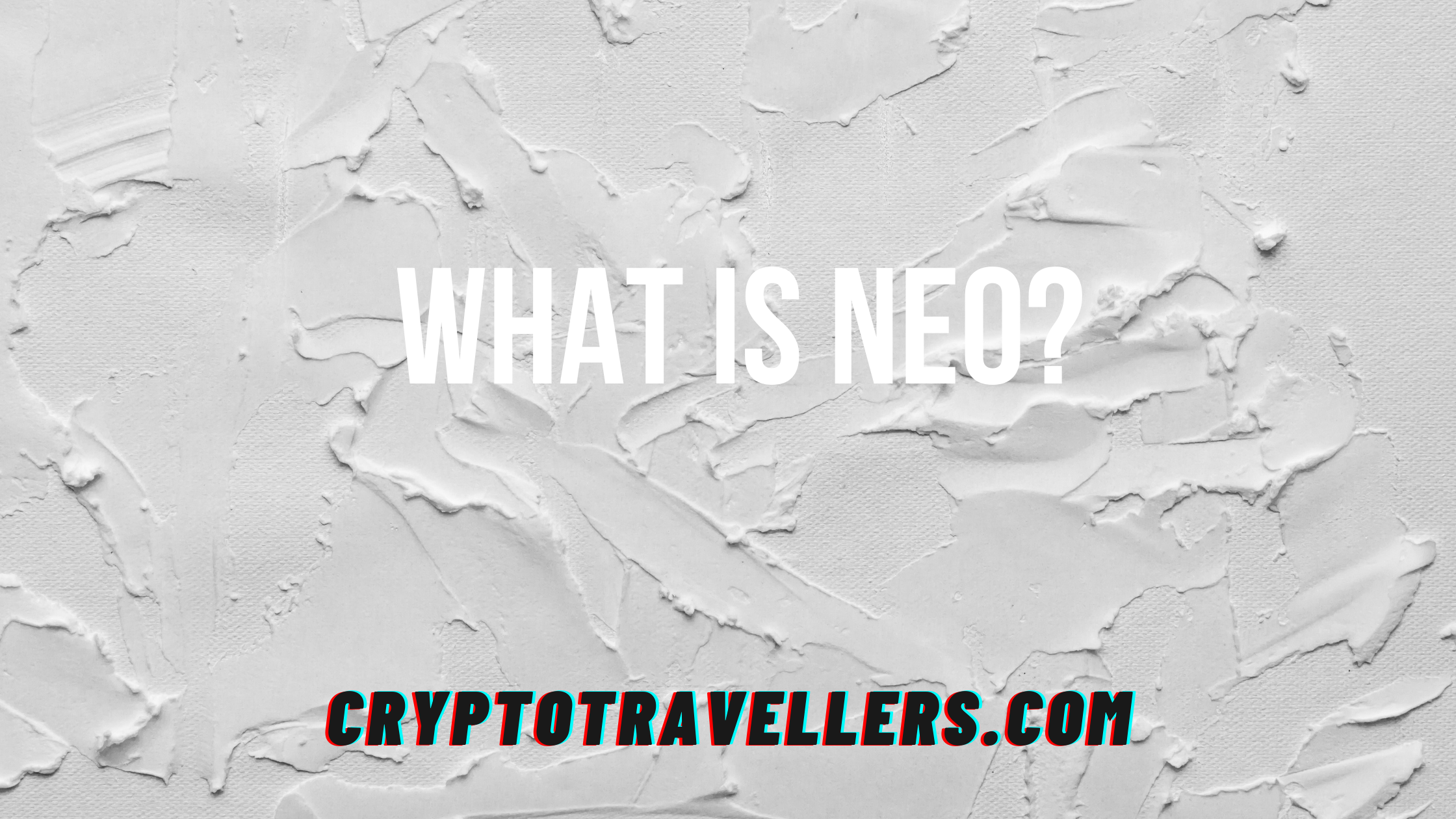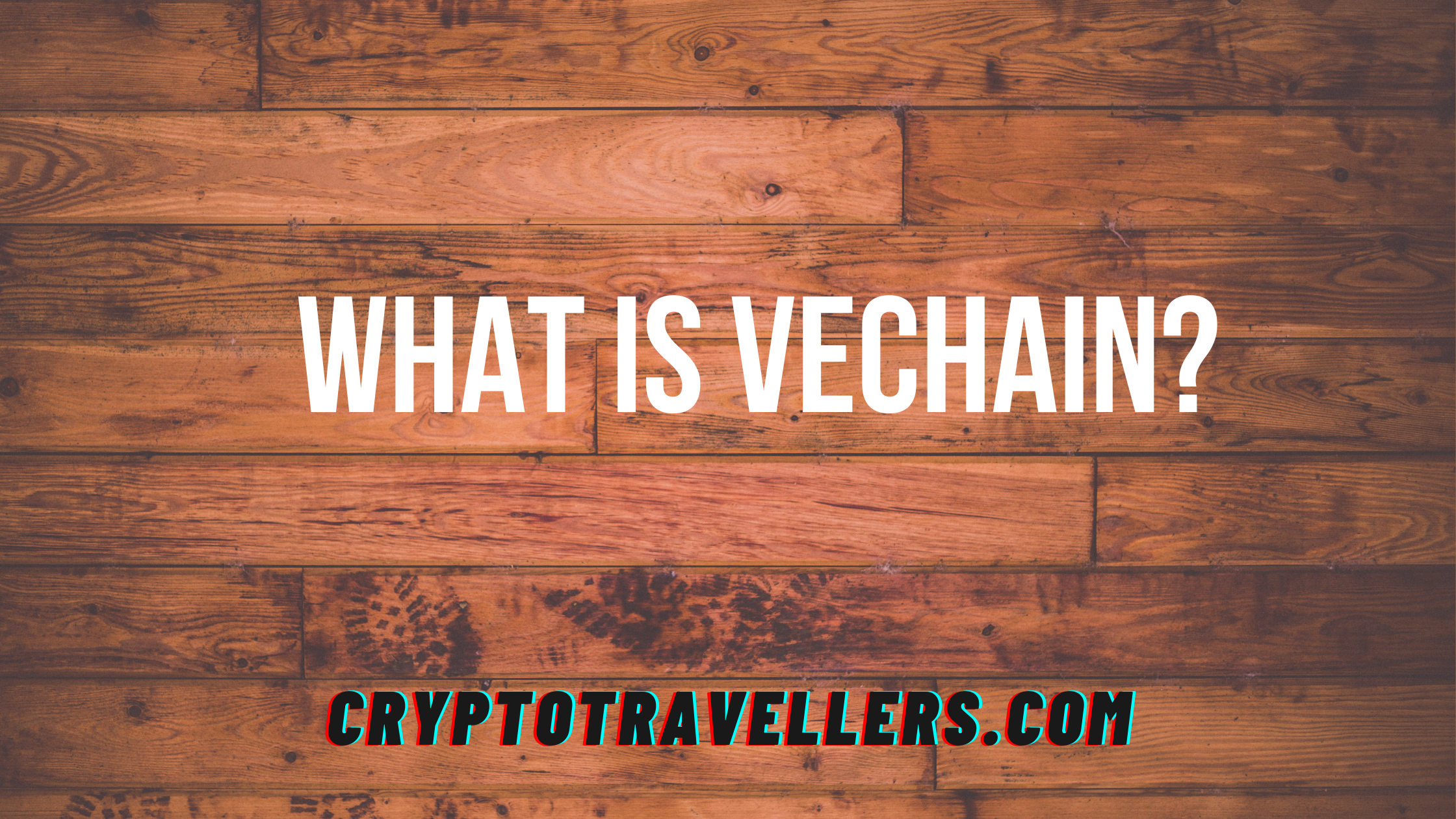
What is NEO?
NEO is a blockchain that aims to use the power of smart contracts and digital certificates in order to create an innovative, efficient economy. It was …

VeChain is a blockchain platform designed to enhance supply chain management and business processes. Its goal is to streamline these processes through the use of DLT, which creates all new opportunities for efficiency in complex chains.
The Vechain platform contains two distinct tokens: VeChain Token (VET) and VeChainThor Energy. The former is used to transfer value across the network, while the latter fuels smart contract transactions.
VeChain strives to break the asymmetric information problem by enabling data ownership and empowering its owner. VeChain provides a 360-degree view of necessary information about products linked with their business process, such as storage, transportation or supply chain management; all this for an authorized stakeholder in order to create greater market transparency.
VeChain’s platform can be used to track quality, authenticity, storage temperature of medicines and alcohol right from the manufacturing facility through delivery. The use of smart chips or RFIDs ensures data is broadcasted onto a blockchain network that stakeholders have access too in real time so they know what goes on with their products throughout production including when it was last checked out by someone else such as an inspector for example.
With the help of sensors, we can monitor all parameters related to a product and communicate problems back. This means that manufacturers are notified if products exceed certain temperatures or customers know when drugs have been stored at improper conditions which could affect their quality control.
VeChain’s Sunny Lu, a former CIO of Louis Vuitton China, founded the company in 2015. It is one of few blockchains that already have customers from established companies and has also been recognized by Forbes as one of their “Top 100 Most Innovative Companies.”
As part of the VeChain rebrand, it made its transition from Ethereum’s blockchain to a more secure and sustainable one. The VEN token is no longer compatible with current platforms but can be exchanged for new tokens on their own platform in anticipation for this change.
The VeChain blockchain platform has goals outlined in its white paper that it aims to increase transparency and disrupt the supply chain industry. The initial target of this network was to offer data actionable and transparent, while also being a leader for dApps made on or through their system as well as an intermediary with IoT devices.
VeChain has partnered with big names in the business world to achieve its goal. One of these partnerships is VeChain’s agreement with PricewaterhouseCoopers (PwC) for Vechain blockchain-powered solutions to be used by PWC’s client base, which would lead towards better product verification and traceability.
VeChain has also partnered with Renault to create a tamper-proof car maintenance book which is now the government’s technology partner for Gui’an, an economic development zone.
The VeChainThor blockchain is a public chain designed for mass business adoption. It has two tokens: VET and VTHO, where the latter represents “smart money” from smart contracts on decentralized applications that occur on its platform. You can invest in it by buying some of their tokenized currency (VET).
VeChain is implementing a two-token system to prevent developers from having to worry about budgeting, as they will receive tokens for using the VeChain platform. The first token in this ecosystem is called “VeThor” and it acts as gas, where all transactions on the network require some of its value be used up by miners (and so does every transaction).
The Ethereum network has always been touted as one of the most innovative projects in blockchain, but there are some inherent flaws. When an individual needs to make a transaction on the Ethereum platform with ether (ETH), they must estimate how much gas is required for that specific task. Unfortunately, due to price volatility and other factors such as computing power used by miners or time spent mining new blocks which may vary from person-to-person depending on hash rate and luck respectively , this can be quite difficult without being heavily invested into ETH themselves. The VeChain team argues that their enhancements have resolved these issues thanks to its “Dynamic Transaction Costs” feature where any given operation will only require so many VEN tokens instead of estimating them based off something else like ETH’s
With the VET blockchain, miners can earn more VTHO for each transaction they mine. This is because for every estimate that falls short of what was actually required to process a given transaction, “PoW” will be performed on it and another miner may get assigned instead.
For example: The PoW function implemented by the supply chain solution provider VeChain allows miners who were initially wrong in their estimates to still receive some reward from those transactions if at least one other peer’s guess matched theirs - even though they themselves did not reach consensus with everyone else mining that block (or set) of transactions While this might seem like an unfair advantage over newcomers or inexperienced users as experienced participants have been accumulating coins faster than others before now- these
VeChainThor’s consensus protocol is limited to a Proof of Authority. This system allows votes based on VET holdings and disclosures, with those without KYC credentials having 20% while 30% will be assigned to holders who have made their identity known.
One hundred and one nodes make up the backbone of VeChain, constantly debating transactions. This is a stark contrast to how Bitcoin works- it takes all 100+ nodes voting on an issue before reaching consensus.
When you become an authority master node, it is essential to not keep your identity hidden. Anonymous nodes are automatically disqualified from the process and consensus will not be reached if there isn’t a minimum number of validators participating in VeChain’s system.
Economic master nodes exist to help keep the power in check. These do not produce blocks or ledger records, and are awarded votes based on their VET holdings; each 10,000 VET gets them a single vote.
The founders of VeChain have introduced a new system to balance the decentralization and centralism. The master nodes are centralized, but they can be decentralized through voting rights as well.
The creators behind this project want it to succeed in achieving an equal balance between both forms of government systems: democracy vs dictatorship

NEO is a blockchain that aims to use the power of smart contracts and digital certificates in order to create an innovative, efficient economy. It was …

“Alt Season,” as crypto investors will discover, is a term that refers to the buying frenzy associated with altcoins (alternative coins). …